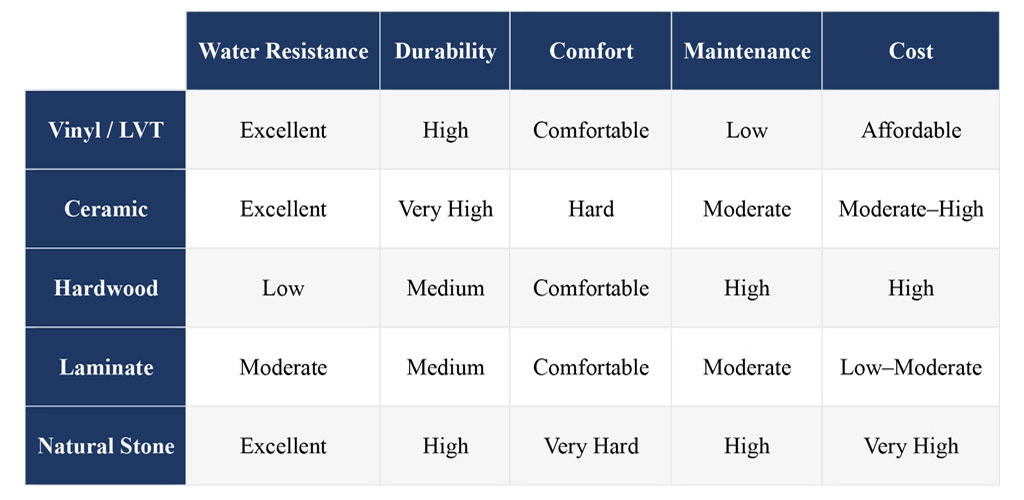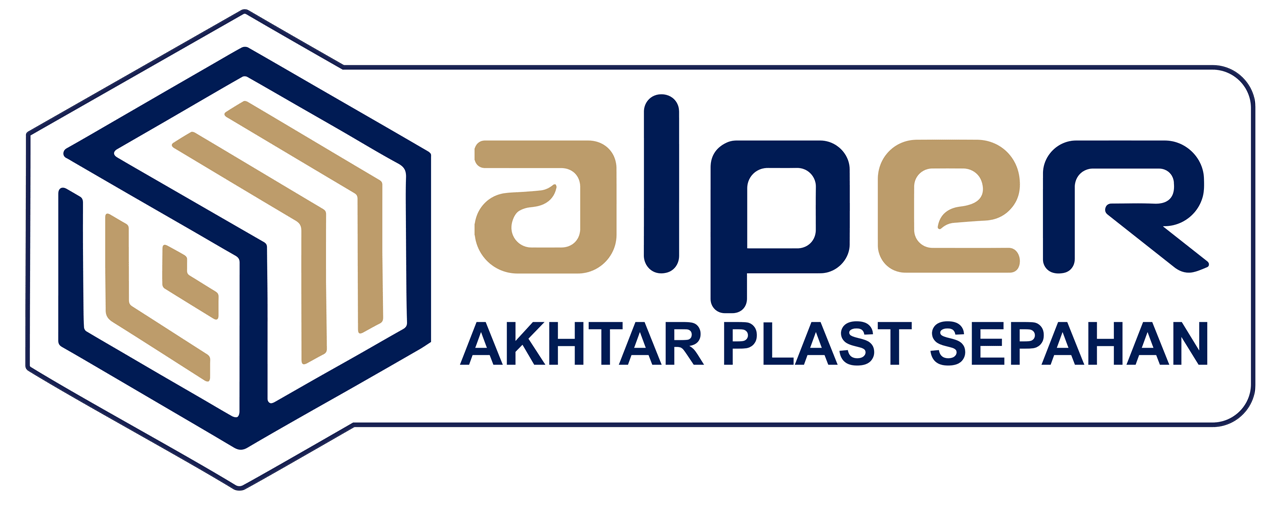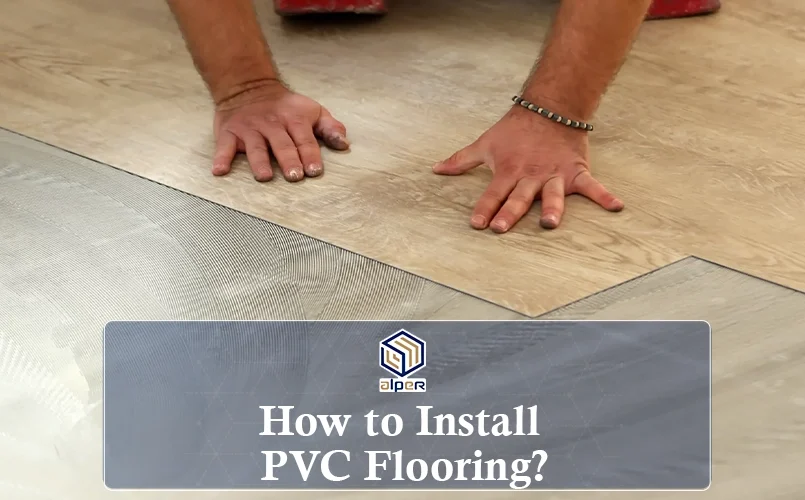Kitchen Flooring: The Ultimate Guide for a Beautiful & Practical Kitchen
Why Kitchen Flooring Matters:
Kitchen flooring is not merely a design element but a fundamental feature that endures constant use and pressure on a daily basis. The kitchen is a central hub where meals are prepared, families gather, and foot traffic is often heavy. Therefore, the flooring must be both aesthetically appealing and practically durable.
An appropriate kitchen floor should withstand moisture, stains, heat, and scratches, while maintaining its visual charm. An unsuitable choice may lead to frequent repairs or costly replacements. Hence, the decision regarding kitchen flooring should carry the same weight as choosing cabinetry or overall interior design style.
Types of Kitchen Flooring
Kitchen flooring is available in a wide array of materials, each with distinct advantages and disadvantages. Below are the most common types:
1. Vinyl Flooring
PVC (vinyl) flooring is one of the most popular and cost-effective choices for kitchens. It is manufactured from synthetic materials and comes in sheets, tiles, or planks. Its primary advantages include water resistance, durability, and ease of cleaning.
2. Ceramic Flooring
Ceramic and porcelain tiles are longstanding classics in kitchen design. They are exceptionally durable, resistant to water and heat, and available in a wide selection of patterns and sizes.
However, tile surfaces tend to feel cold and hard underfoot, and they can crack if heavy objects are dropped on them.
3. Hardwood Flooring
Hardwood flooring lends a timeless, warm aesthetic to kitchens. Unfortunately, it is not the most practical option as it is highly vulnerable to water damage. Unless properly sealed and meticulously maintained, hardwood floors may warp or deteriorate due to moisture exposure.
4. Laminate Flooring
Laminate flooring provides a cost-effective alternative to hardwood, offering a wide range of wood-look finishes. Despite improvements in water resistance, laminate remains less durable than vinyl when exposed to spills or high humidity.
5. Natural Stone Flooring
Natural stone, such as marble, granite, or travertine, delivers a luxurious and distinctive appeal. Its durability is unquestionable, yet it requires routine sealing and careful upkeep. Additionally, the cost of natural stone is considerably higher than that of vinyl or laminate.

What Is the Best Flooring for Kitchens?
The term “best” in kitchen flooring is subjective and depends largely on a household’s needs, lifestyle, and budget. Below is a comparative overview of the most common best flooring for kitchen options:

This table demonstrates that LVT flooring provides the most balanced combination of affordability, resilience, and style for the majority of households.
When selecting flooring, one must strike a balance among three critical factors: budget, appearance, and practicality. While hardwood and stone may appeal to those seeking a premium aesthetic, vinyl provides a highly convincing alternative at a fraction of the cost.
For families who use the kitchen extensively, vinyl and LVT remain superior due to their comfort underfoot and minimal maintenance requirements.
Flooring is an investment that should perform for many years. Some materials, such as hardwood, require refinishing, while natural stone demands periodic sealing. Tile requires grout cleaning and occasional repairs.
In contrast, cleaning vinyl flooring involves only simple sweeping and mopping. For homeowners valuing long-term convenience, vinyl remains one of the most practical flooring options.
Worst Flooring for Kitchens:
Certain flooring options, although visually appealing in other rooms, are unsuitable for use as kitchen flooring. These include:
- Carpet: Highly absorbent, prone to staining, and difficult to maintain.
- Unsealed hardwood: Easily damaged by moisture and spills.
- Low-quality bamboo: Susceptible to scratches and poor water resistance.
Other high-maintenance materials, such as marble or travertine, though visually striking, require constant care. Acidic substances like lemon juice can cause permanent etching. Similarly, unsealed concrete may absorb liquids quickly, leading to long-term stains.
For households seeking durability and efficiency, such high-maintenance options are best avoided in kitchen environments.
Not sure which kitchen flooring to choose?
Call us now for expert advice
LVT Flooring for Kitchens
LVT (Luxury Vinyl Tiles) flooring is a premium form of vinyl flooring designed to replicate natural materials like wood or stone with high precision. It is composed of multiple layers, including a protective wear layer, which enhances durability and resistance to scratches and stains. Some models also feature sound-absorbing underlayment for greater comfort.
Advantages of LVT flooring for kitchen:
- Complete water resistance
- High resistance to scratches and dents from heavy use
- Extensive variety of colors, textures, and finishes
- Simplicity of pvc flooring installation using click-lock or adhesive techniques.
These characteristics make LVT one of the most suitable flooring solutions for high-traffic environments such as kitchens. Furtheremore, modern kitchen vinyl flooring is available in a wide range of designs and surface textures. Leading trends include:
- Wood-look planks with distressed, reclaimed, or hand-scraped finishes.
- Herringbone and chevron layouts that add European-inspired elegance.
- Stone-look vinyl, replicating the aesthetic of marble, slate, or travertine.
These innovations allow homeowners to achieve luxurious visuals without compromising on durability or budget.
Conclusion
Selecting the appropriate kitchen flooring is a decision that impacts both the aesthetic appeal and practical functionality of the most frequently used space in the home. While numerous materials are available, vinyl flooring—particularly LVT—emerges as one of the most versatile, durable, and cost-effective options.
It balances style, comfort, and resilience, making it suitable for households of varying lifestyles and budgets. Whether replicating the elegance of natural stone or the warmth of hardwood, vinyl offers remarkable adaptability without compromising performance.
For homeowners prioritizing longevity, practicality, and design flexibility, vinyl remains a leading choice in modern kitchen design.
Frequently Asked Questions (FAQs)
With proper care, vinyl flooring kitchen can last between 10 to 20 years, depending on quality and maintenance.
Vinyl flooring in kitchens offers durability, water resistance, and easy maintenance with simple sweeping and mopping. It's also cost-effective and available in various designs, making it a practical and stylish choice for busy kitchens.



